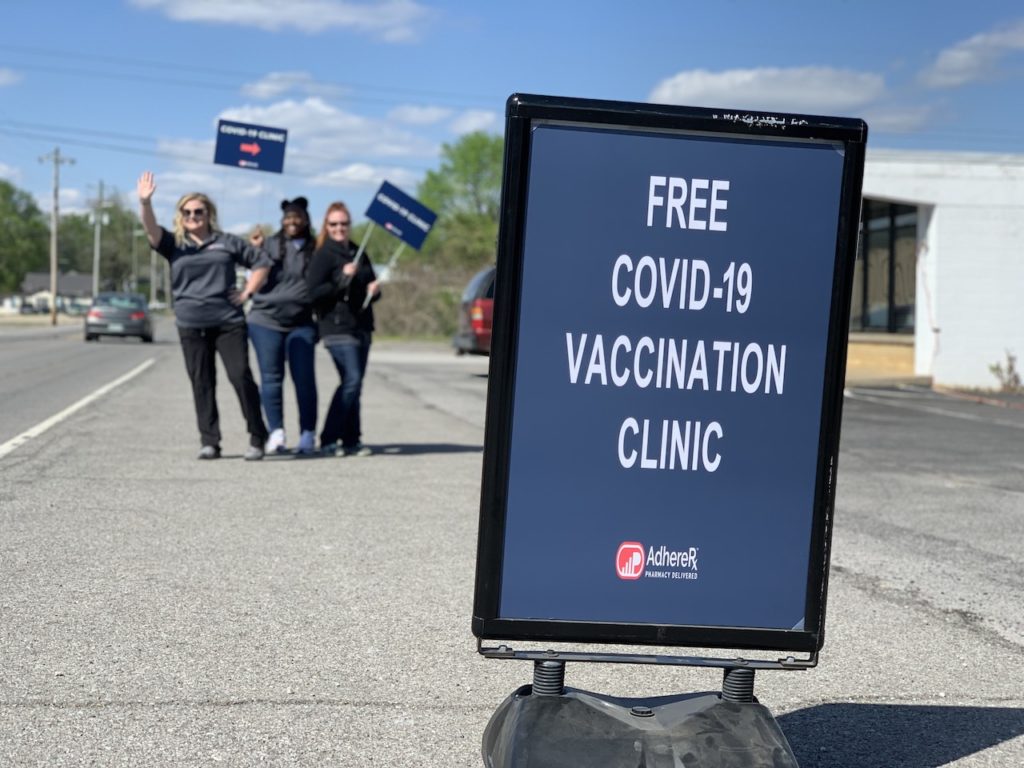Vaccine slowdown slows down

Some modestly good news here:
In recent weeks, though, there’s been a question about how close we might get to true herd immunity, the state in which so many people are immune to the virus — mostly due to vaccinations — that it can’t spread easily even among the non-vaccinated. To hit that mark, as many people as possible need to get doses of the available vaccines. About a month ago, though, the number getting vaccines each day began to wane. The implication was that demand had collapsed somewhat short of the level of vaccination needed to hit that immunity mark.
That may not be the case, for two reasons: The number of vaccine doses being administered each day has stabilized and reticence to get vaccinated has dropped.
Data from the CDC collated by The Washington Post show that the daily average of vaccine doses administered has been around 2 million for about 10 days. From April 13 to May 4, that figured declined from 3.4 million to 2.2 million. But it’s stayed in the 2 million range since. The number of people who’ve been completely vaccinated — receiving either both doses of the Pfizer or Moderna vaccines or the single-shot Johnson & Johnson — has continued to tick upward. Over the past week, 1.4 million more people a day have become fully vaccinated.
April 13 is a significant day in the vaccine calendar: It was the point at which the government temporarily paused distribution of the Johnson & Johnson vaccine. There was speculation that the slowdown that coincided with that pause was caused by the pause, which seems quite possible. The pause ended in late April. The slowdown appears to have ended more recently.
It’s still the case that a lot of people are skeptical of getting the vaccine. But the number of people saying that they have gotten the vaccine or plan to get the vaccine has continued to rise. Even among Republicans, a group that had stood out for expressing an unwillingness to be vaccinated, polling from YouGov conducted for the Economist shows that hesitation has finally begun to drop.
While it’s impossible to prove causation, the most plausible read of the data is that the shutdown of Johnson & Johnson was a major blunder. But despite that vaccinations are proceeding at a decent pace, and the decline in reluctance is even more important. 47% of the eligible American population has gotten at least one shot; we’re not terribly far away, and the more creative public officials and business are about providing incentives the better.


